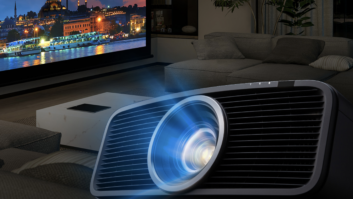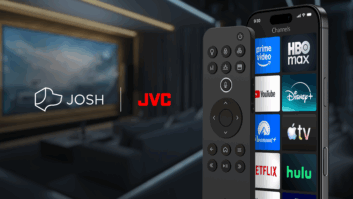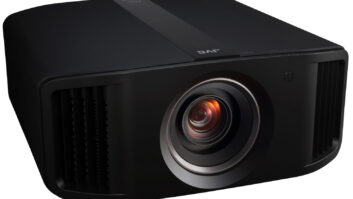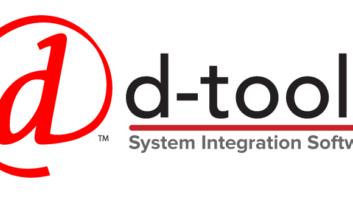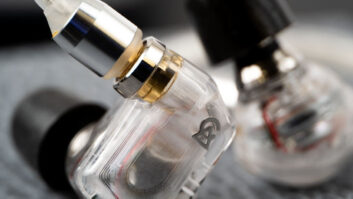In addition to unveiling its first I’ART flat-screen direct-view HDTV monitor (see TWICE, Sept. 3, 2001, p. 8), JVC of America used CEDIA Expo to announce plans for its first HDTV-capable D-VHS VCR.
The “HDVideo” recorder (model HM-DH30000U) is slated to ship at the end of September at a $1,999 suggested retail.
The only problem is, JVC doesn’t currently offer a HDTV set-top decoder with an IEEE-1394 interface needed to send high-def bitstream signals to the deck. The VCR also lacks broadband high-def analog inputs such as component video jacks. The D-VHS unit, will, however, record and play analog S-VHS and VHS videos.
Also included is an MPEG2 encoder/decoder to allow digital recording from NTSC analog sources as well as digital sources, such as digital camcorder footage to D-VHS with MPEG2 digital conversion.
JVC executives said they expect to eventually offer a receiver with IEEE-1394 connections to send digital HDTV and standard definition signals to the recorder. In the meantime, they expect to sell the product to consumers who may have IEEE-1394 enabled receiver/decoding products from other manufacturers.
According to a statement from JVC partner EchoStar/DISH Network, the satellite provider “is committed to offering the most satellite TV-delivered high definition channel choices in the United States and to that end, we plan to offer a wide set of compatible formats for viewing,” said Mark Jackson, EchoStar senior VP. “We are developing a set-top box featuring DVI outputs as well as 1394/DTCP outputs. A 1394 connection can allow customers to record HD broadcasts in original form on a peripheral D-VHS device. We believe that D-VHS is an ideal and affordable recording and archiving solution for HD broadcasts and should accelerate the overall demand for digital broadcasts.”
The deck does not include a DVI connector, which would have permitted a direct digital interface with either JVC’s D’ahlia D-ILA HD rear projection monitor or the aforementioned AV-36P902 36-inch 4:3 I’ART HD direct-view monitor ($2,399, October). However, it does include a set of analog HD component video outputs for use with a majority of today’s HDTV monitors.
Both Sony and Mitsubishi are preparing to market this year fully integrated HDTV sets that have IEEE-1394/DTCP interfaces that can mate with the 1394 port on the new JVC deck. Mitsubishi will also ship an HDTV D-VHS VCR this fall, when its integrated HD sets are delivered.
Features in the D-VHS recorder include a flexible format conversion in which 1080I HD content can be output as 1080i or 480i (standard definition) signals; 720p HD format signals can be output as 1080i; 720p or 480i signals; and 480p recordings can be output as 480p or 480i signals.
The deck will also record programs in three modes: HS mode (28.2 Mbps full HD resolution), STD mode (14.1 Mbps standard definition) and LS3 mode (4.7Mbps). One D-VHS tape will store up to four hours of HDTV programming, or 24 hours of LS3 mode recordings.
In other introductions, JVC unveiled two progressive-scan DVD-Audio capable 7-disc DVD carousel changers in black and champagne cabinet colors ($449 each). Also added are a pair or 7-disc carousel changers without DVD-Audio capability ($399).
Model XVSA75GD is a new single disc progressive-scan DVD-Audio player $349.95 suggested retail price, and the XV-SA65GD omits DVD-Audio capability for $299.95.
Other introductions including a line of S-VHS-ET decks ranging from $249.95-$599; and a pair of dual-deck VCRs, one with an integrated hard-disc drive recorder ($1,899.95) and other including a mini-DVC deck and an S-VHS deck ($1,699.95). Both devices are designed primarily as home dubbing recorders for camcorder users.




